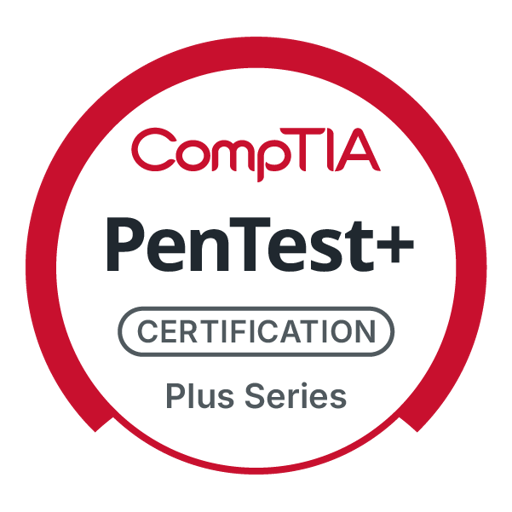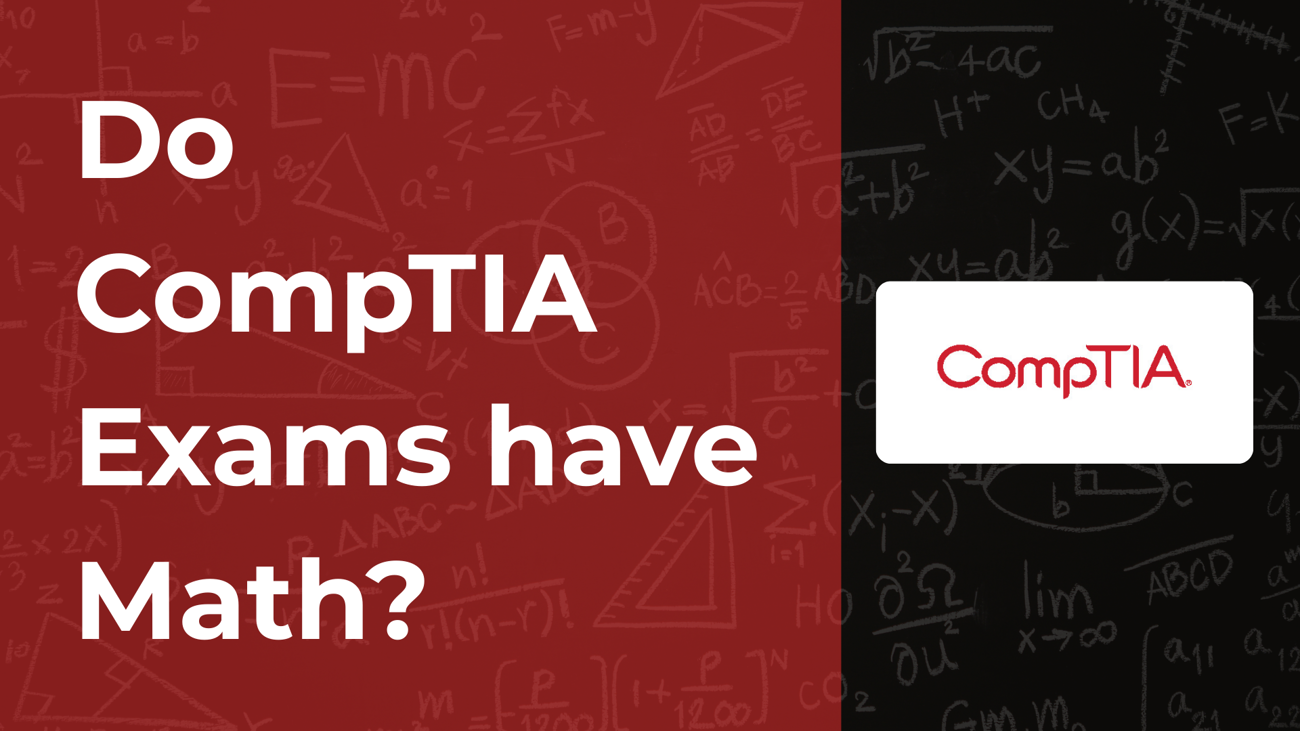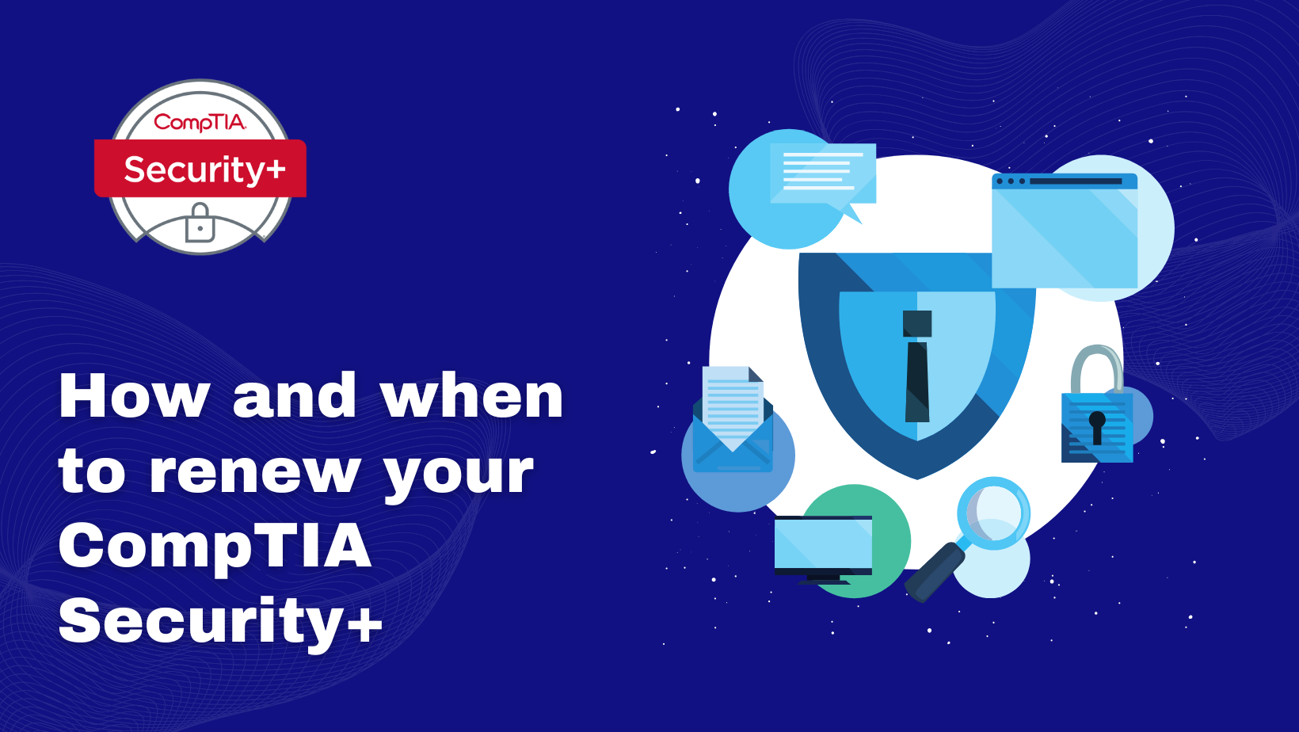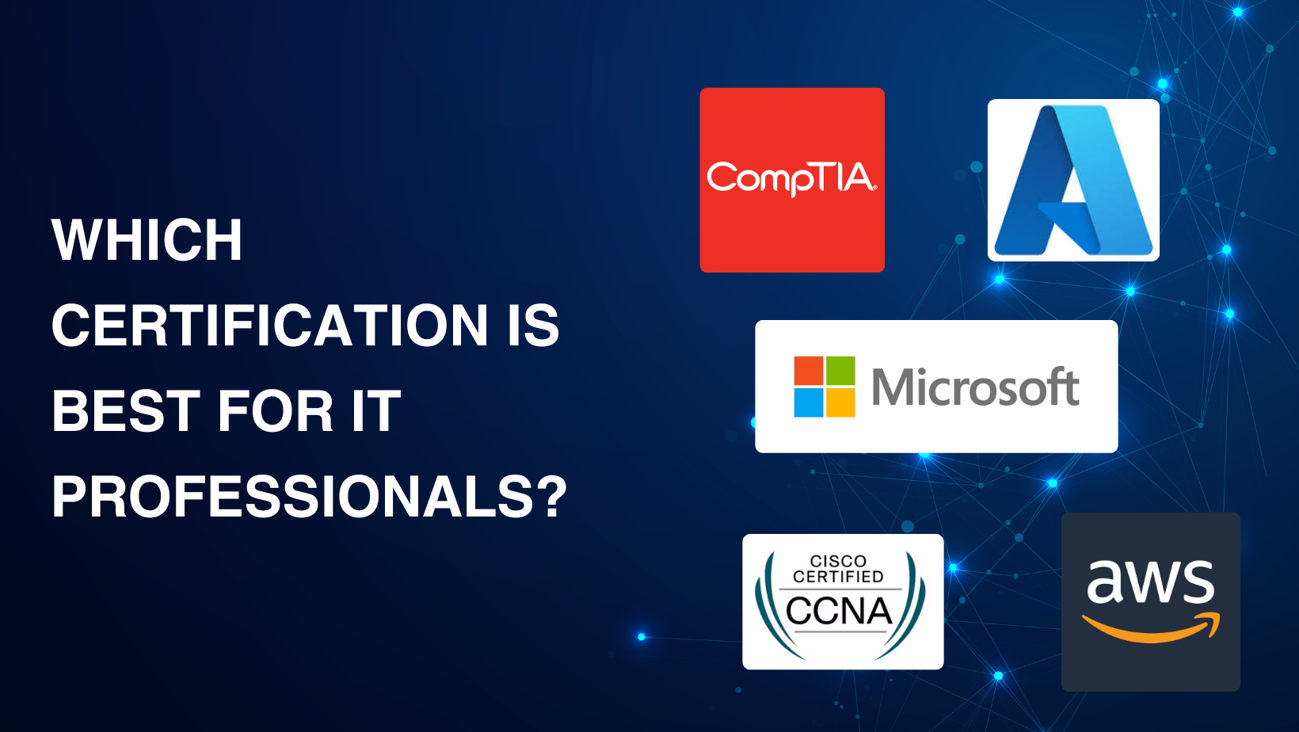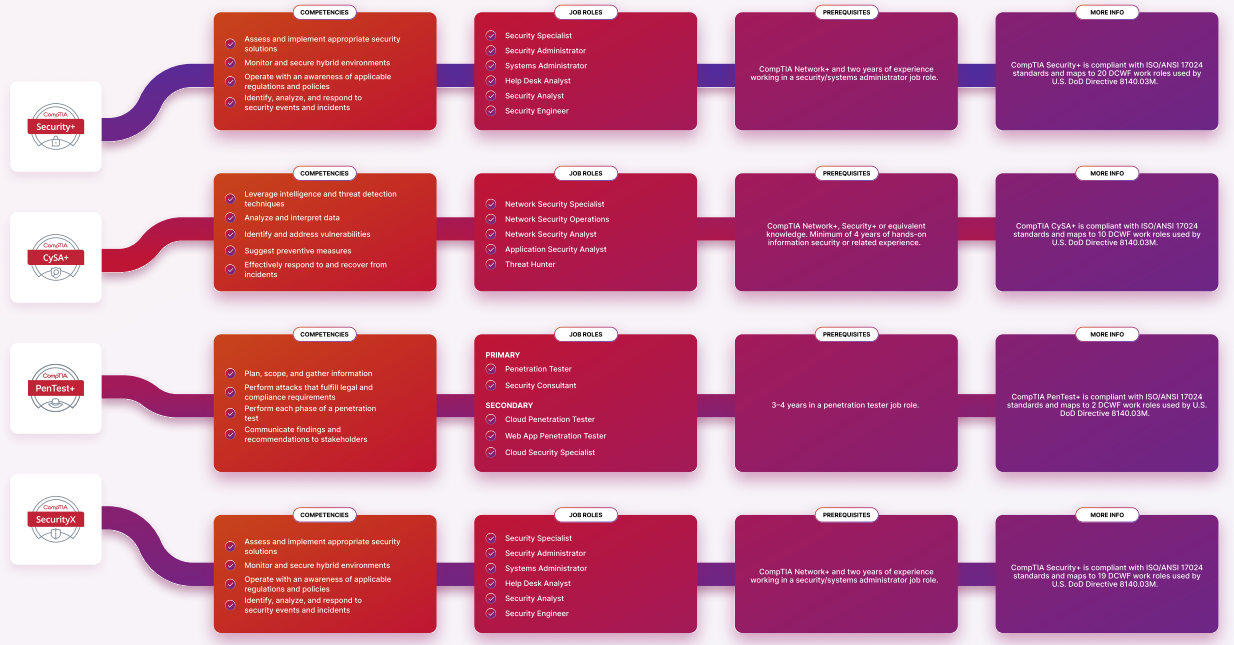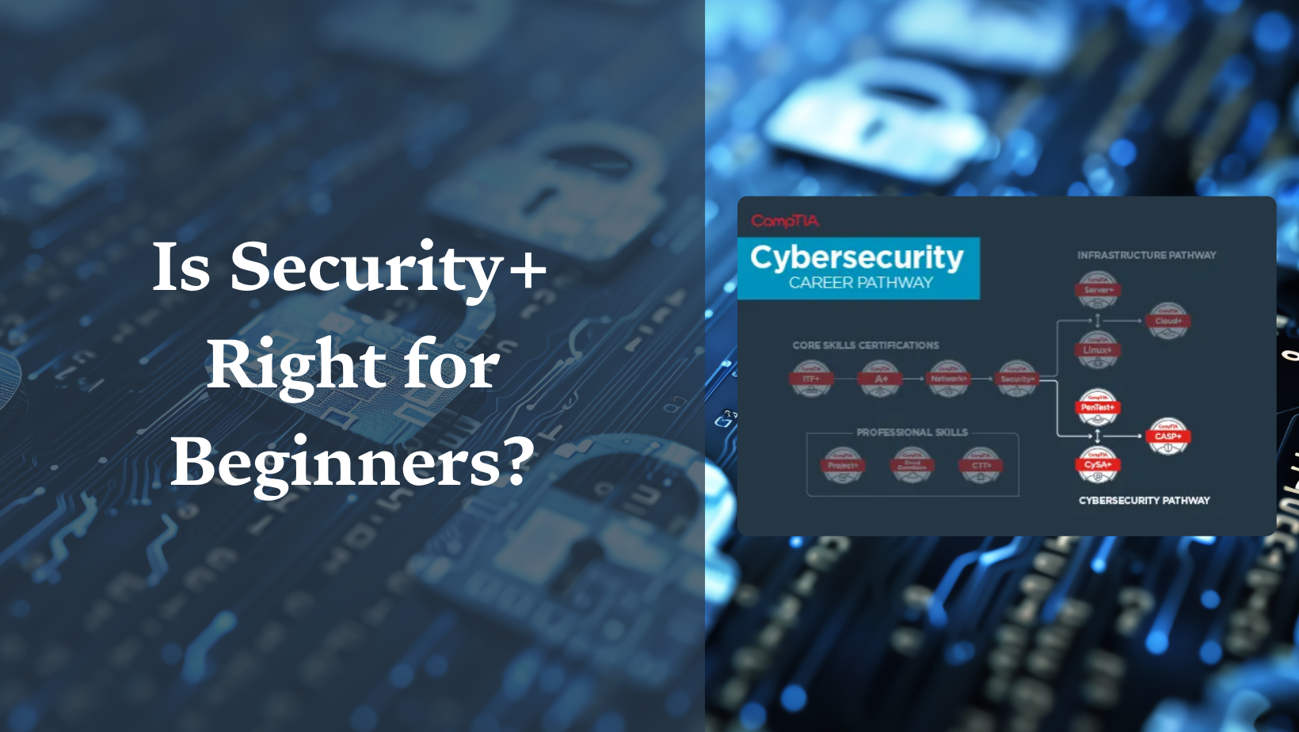CompTIA PenTest+ PT0-003 (V3) — Practice Tests
CompTIA PenTest+ PT0-003 (V3) — Practice Questions
CompTIA PenTest+ PT0-003 (V3) — Flashcards
CompTIA PenTest+ PT0-003 (V3) — Exam Vouchers
Acronyms, terms, and other helpful info in matching mode, flashcard mode and more.
Includes all acronyms and their definitions that are on the official PenTest+ PT0-003 exam objectives.
Save big on your certification costs with our exclusive discounted exam vouchers.
CompTIA PenTest+ PT0-003 (V3) Overview
CompTIA PenTest+ (PT0-003) is a professional cybersecurity certification designed for practitioners focusing on penetration testing and vulnerability assessment. It is an intermediate-level exam in CompTIA’s cybersecurity pathway, typically pursued after foundational certifications like Security+, and serves as the offensive or “red team” counterpart to the defensive CySA+ certification. The latest version (exam code PT0-003) updates the content to include modern technologies and threats, such as cloud and mobile environments, to ensure it remains relevant in today’s landscape. Below, we provide an overview of the exam structure, the key benefits of earning PenTest+ certification, and practical tips for studying and preparation.
Exam Structure and Format
The PenTest+ PT0-003 exam tests a broad range of penetration testing knowledge and skills. The exam consists of up to 90 questions in a 165-minute session. Questions are a mix of multiple-choice and performance-based items, meaning candidates must not only answer conceptual questions but also perform simulated penetration testing tasks. The exam is scored on a scale of 100–900, with a passing score of 750. CompTIA recommends that candidates have about 3–4 years of hands-on experience in information security or a related field before attempting this exam.
Exam Domains: The PenTest+ PT0-003 objectives are divided into five domains, each representing a key subject area and a percentage of the exam coverage:
- Engagement Management – 13%
- Reconnaissance and Enumeration – 21%
- Vulnerability Discovery and Analysis – 17%
- Attacks and Exploits – 35%
- Post-Exploitation and Lateral Movement – 14%
This structure ensures that the exam covers the entire penetration testing process end-to-end, from initial planning through exploitation and reporting. Because the exam includes performance-based questions, candidates should be prepared to perform tasks such as using tools or analyzing attack outputs in a simulated environment.
Benefits of Obtaining the PenTest+ Certification
Earning the CompTIA PenTest+ certification can significantly boost a cybersecurity professional’s career progression, especially for those specializing in offensive security roles. PenTest+ is globally recognized and even approved by the U.S. Department of Defense as a baseline certification for several cybersecurity job categories, underscoring its credibility in the industry.
One of the standout benefits of PenTest+ is its emphasis on practical skills. Unlike some certifications that are purely theoretical, PenTest+ includes hands-on, performance-based evaluation. This means certified individuals have proven they can perform real-world penetration testing tasks – planning engagements, exploiting vulnerabilities, and then analyzing and reporting the results – not just answer questions about them.
Professionally, PenTest+ opens doors to roles such as penetration tester, vulnerability assessment analyst, security analyst, and more. These roles are in high demand as organizations seek to bolster their defenses with skilled ethical hackers. Achieving PenTest+ demonstrates to employers that you possess a well-rounded skill set: you can identify weaknesses, exploit them to gauge impact, and recommend mitigations. This can make you a strong candidate for promotions or new job opportunities in the cybersecurity field.
Study and Preparation Tips
Preparing for the PenTest+ PT0-003 requires a combination of knowledge review and hands-on practice. Here are some vendor-neutral tips to help you get ready for the exam:
Review the Official Objectives: Start by downloading the CompTIA PenTest+ PT0-003 exam objectives and use them as a checklist. Make sure you understand each topic listed in the five domains. This ensures you cover all required knowledge areas, from engagement planning to post-exploitation processes.
Build Hands-On Skills: Given the exam’s practical components, set up a lab environment (using virtual machines or cloud instances) to practice penetration testing techniques. Work with common tools and frameworks like Nmap, Metasploit, Wireshark, and Burp Suite to perform scanning, exploitation, password cracking, and other tasks.
Understand Concepts in Context: Don’t just memorize definitions – learn how to apply concepts in real scenarios. The exam often presents scenario-based questions that require critical thinking to identify the best solution or root cause rather than straightforward recall.
Practice Time Management: You’ll have 165 minutes for a maximum of 90 questions, some of which may be complex tasks. Practice solving questions under timed conditions. A common strategy is to quickly answer all the multiple-choice questions first, then allocate remaining time to the performance-based tasks.
Take Practice Exams: Utilize reputable practice exams to test your knowledge and readiness. Practice tests help identify your weak areas and familiarize you with the exam format.
Study Reporting and Best Practices: Remember that penetration testing isn’t just about hacking into systems – it’s also about documenting findings and recommending fixes. Be prepared for questions on writing reports, communicating results to stakeholders, and adhering to legal/ethical standards.
By following these preparation strategies and thoroughly covering the exam domains, you’ll build both the knowledge and the practical know-how needed to succeed on the PenTest+ PT0-003 exam. Achieving this certification not only validates your skills in penetration testing and vulnerability management but also positions you for advancement in the booming field of cybersecurity.
CompTIA PenTest+ PT0-003 (V3) Exam Details
| Supported Languages |
|---|
| English, Japanese, Portuguese and Thai |
| Recommended Experience |
Network+, Security+ or equivalent knowledge. Minimum of 3-4 years of hands-on information security or related experience. |
| Questions |
| Maximum of 85 questions |
| Passing Score |
| 750 (on a scale of 100-900) |
| Exam Duration |
| 165 minutes |
